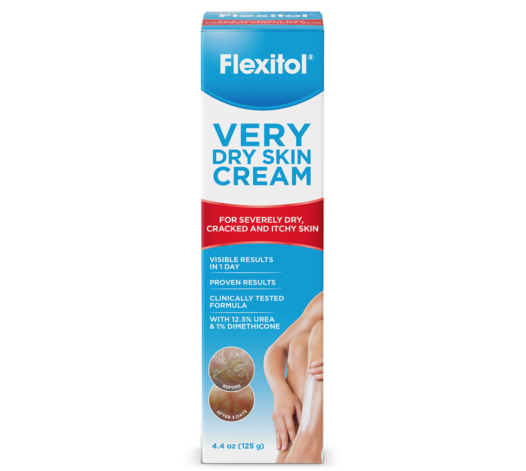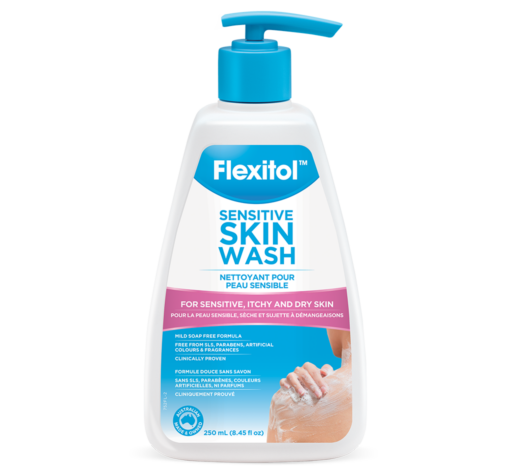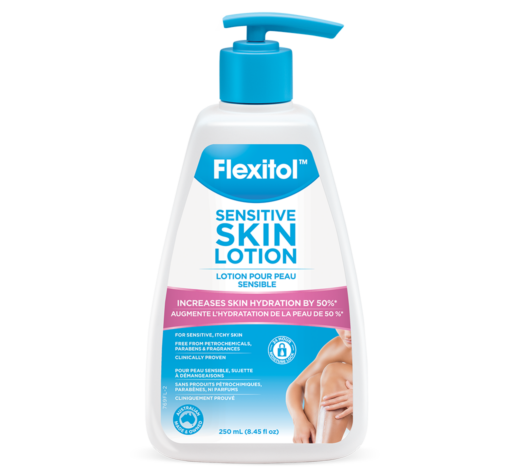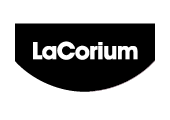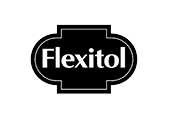Chafing vs. Sweat Rash: Understanding the Differences

Area
Daily Use Sweat ControlNavigating through the uncomfortable nature of chafing and sweat rash can be a challenge, especially during warmer months or active periods. This article will help you understand the key differences between these two common skin irritants.
What is Chafing?
Chafing is a skin irritation caused by friction that typically occurs when skin rubs against skin or clothing. It commonly affects areas like the inner thighs, underarms, and under the breasts; it’s essentially any area where skin experiences prolonged rubbing. Factors that can make chafing worse include moisture (like sweat), body shape, repetitive motion (such as during exercise), and misfitted clothing. The result is often a painful, burning sensation accompanied by red, raw skin that may feel tender. To combat chafing, it’s crucial to reduce friction by keeping skin dry, wearing proper-fitting clothing, and applying an anti-friction cream like Flexitol Anti-Friction Cream to create a protective barrier on the skin.
What is Sweat Rash?
Sweat rash, also known as heat rash or miliaria, occurs when sweat ducts are blocked and the sweat produced cannot escape to the surface of the skin. This blockage is usually accelerated by hot, humid conditions, leading to irritation and small bumps on the skin that can feel itchy or prickly. The rash commonly appears in folded skin areas or where clothing causes skin compression. Preventing sweat rash involves keeping the skin cool and dry, wearing breathable fabrics, and ensuring clothes are not too tight.
Key Differences Between Chafing vs. Sweat Rash
While both conditions are related to skin irritation and moisture, chafing is specifically caused by friction, whereas sweat rash is caused by blocked sweat ducts. Chafing is characterized by red, irritated skin that can be painful, and it occurs from physical activity or improper clothing. In contrast, sweat rash appears as clusters of small bumps or blisters that arise from trapped perspiration due to blocked pores.
Preventing Chafing & Sweat Rash
The best way to manage these skin conditions is to avoid them altogether. Focusing on clothing choice and a targeted skincare routine is crucial in preventing chafing and sweat rash. Here are some tips to help you manage:
- Choose Moisture-Wicking Fabrics: Opt for materials like polyester or nylon that draw sweat away from the body, particularly during exercise or in hot climates. These fabrics help keep the skin dry and reduce the friction that can cause skin irritation.
- Proper Clothing Fit:
- Avoid Tight Clothing: Tight fits can increase friction and pressure, which may aggravate chafing.
- Be Wary of Loose Clothing: While it may seem counterintuitive, very loose clothing can also cause irritation as it may rub against the skin.
- Maintain Good Hygiene:
- Shower Regularly: Especially important after sweating, as it helps remove salts and oils that can contribute to skin irritation.
- Thoroughly Dry Skin: Pay special attention to areas prone to chafing, such as underarms, groin, and feet. Keeping these areas dry helps prevent both chafing and sweat rash.
- Manage Moisture Throughout the Day: Throughout the day, take breaks to cool down in shaded or air-conditioned areas, especially during hot weather. You could also consider using a specialized sweat control product like Flexitol’s Anti-Friction Cream in areas that tend to sweat more to maintain dryness and comfort
These strategies can help maintain skin health and prevent chafing and sweat rash discomfort, making daily activities and workouts more comfortable.
Managing Chafing or a Sweat Rash Flare-up
When managing a flare-up of sweat rash or chafing, it’s crucial to focus on soothing the affected area and preventing further irritation. Start by keeping the skin clean and dry; gently wash with a mild, fragrance-free Sensitive Skin Wash and pat dry with a soft towel. Apply a barrier cream like Flexitol Anti-Friction Cream to protect the skin and reduce friction. Avoid tight clothing and opt for loose, breathable fabrics that don’t trap moisture against the skin. If the irritation persists or worsens, consult a healthcare professional for potential treatments to address these skin concerns.
Choose Flexitol for Your Skin Care Solutions
With a clear understanding of the differences between chafing and sweat rash and the right care measures, you can enjoy a more comfortable, active lifestyle. Flexitol is committed to developing high-quality, effective skincare that helps protect against common skin issues. Flexitol keeps your skin healthy, with products designed for daily use and help no matter the season or activity.
Learn more about Preventing Chafing and Sweat Rash and how to Prepare Your Heels for Sandal Season.
References



